
Susana Raab
The Invisible Wall: Washington East of the Anacostia River Washington, DC is one of the most income-stratified cities in the United States. In the space between rich and poor exists an invisible wall comprised of race and class, obfuscated by government policy and physical terrain. It is possible to witness...
The Invisible Wall: Washington East of the Anacostia River
Washington, DC is one of the most income-stratified cities in the United States. In the space between rich and poor exists an invisible wall comprised of race and class, obfuscated by government policy and physical terrain. It is possible to witness this divide clearly in the areas east of the Anacostia River (EOR), an area facing rapid change. This project seeks to breach that invisible wall erected by race, class and geography in DC. Through research and chance I perambulate the EOR communities with my 1940s 4x5 press camera, searching for collaborators and an understanding of our mutuality.
Following World War II, the burgeoning federal government built modest homes for returning veterans and the increasing labor force of civil servants. During this time the federal government sought to make D.C. one of the world’s great capital cities and initiated the urban planning policies that would have disastrous effects on the east of the river communities. These policies were enacted in cities all over the country.
To clean up the slums around the U.S. Capitol and Mall, all public housing was eliminated and moved wholesale across the Anacostia River. Demographics there changed rapidly, and EOR was overwhelmed by insufficient social and municipal supports. Between 1950 and 1970 the white population went from almost 90% to 14% following the tumultuous Martin Luther King Jr assassination riots of 1968, and a crack cocaine drug epidemic in the 80s. Everyone who was capable of leaving East of the River did so.
Today the tide is turning again as development and gentrification consume DC. The citizens left in these areas are the unvanquished. .
The river forms a barrier, sometimes protective, always isolating. This boundary channel has kept Washingtonians from crossing the invisible divide between race and class – and achieving understanding of our shared humanity.
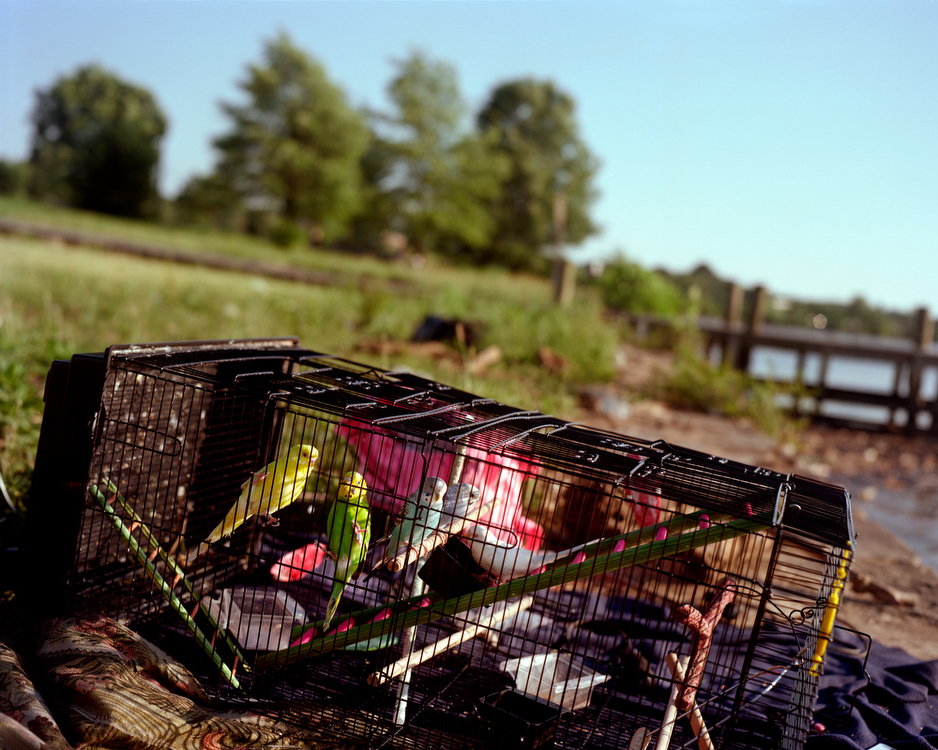
Five Caged Birds, Anacostia Waterfront Park, Washington, DC
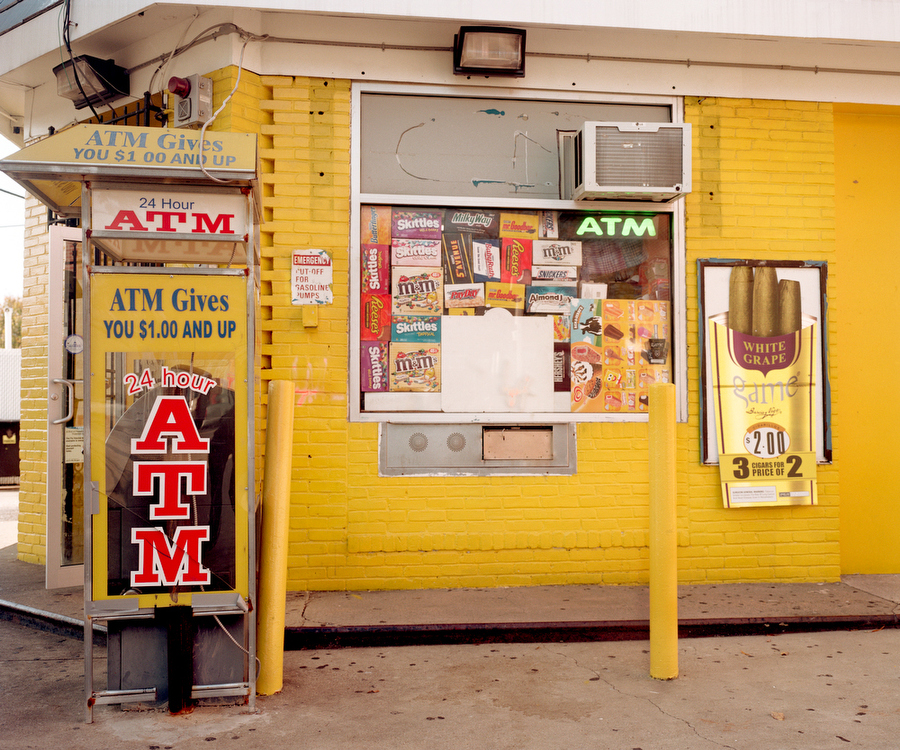
ATM Gives You $1 and Up, Martin Luther King, Jr Ave SE, Washington, DC
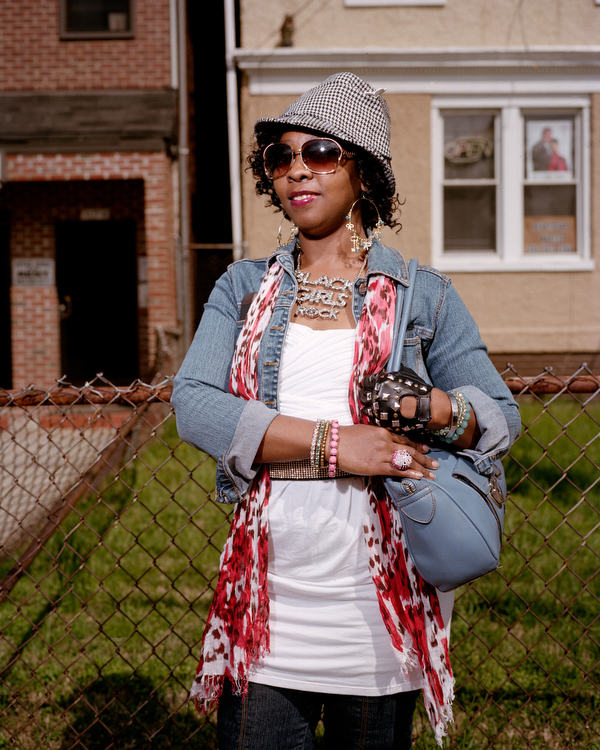
Black Girls Rock, Congress Heights Parade, Martin Luther King Ave SE, Washington
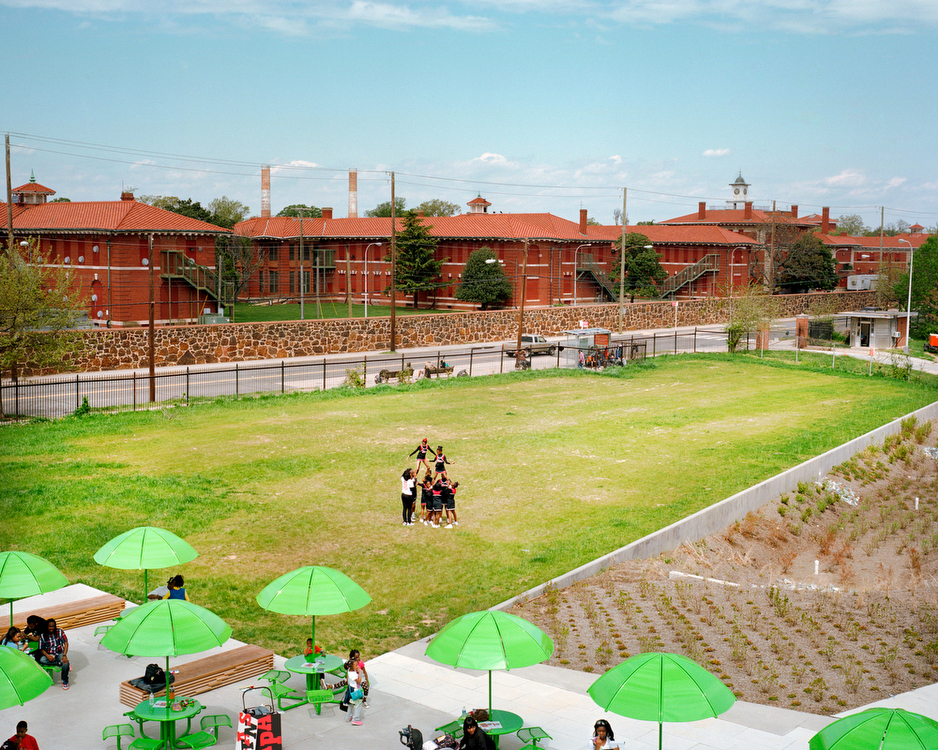
St. Elizabeths Mental Hospital, Martin Luther King Ave SE, Washington, DC
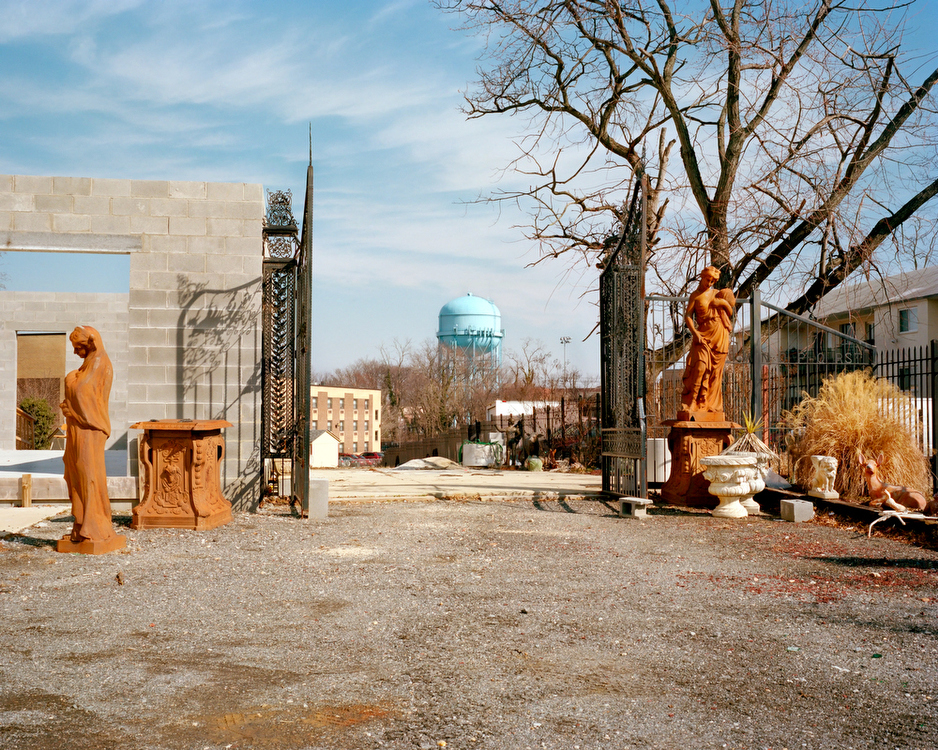
Water Tower, Angier Road SE, Washington, DC
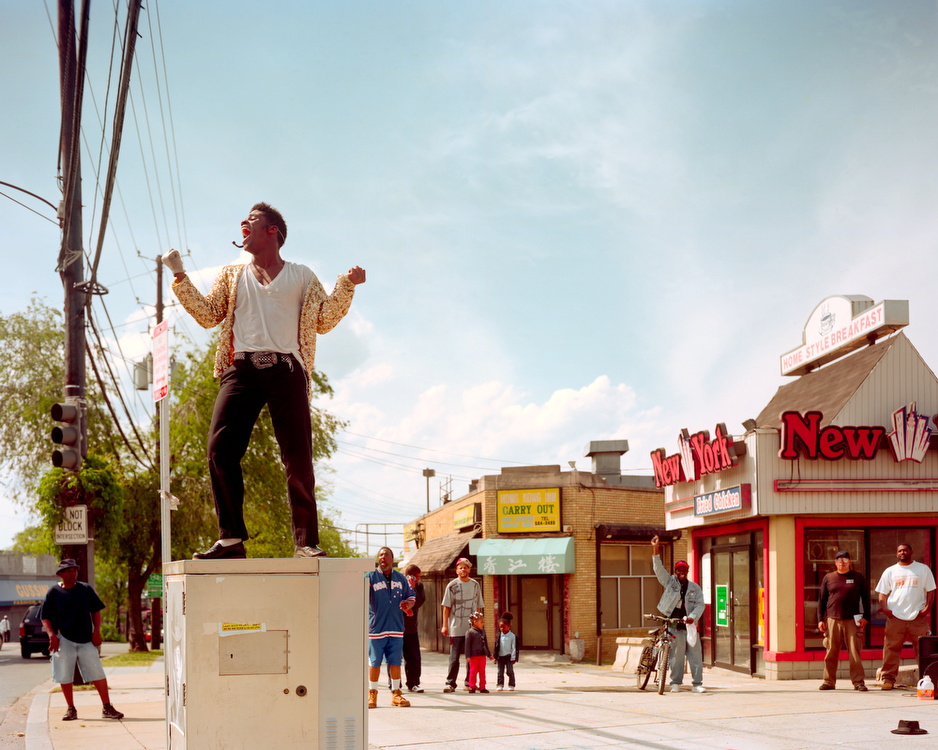
Introducing Dimitri Reeves, Good Hope Road SE, Washington, DC
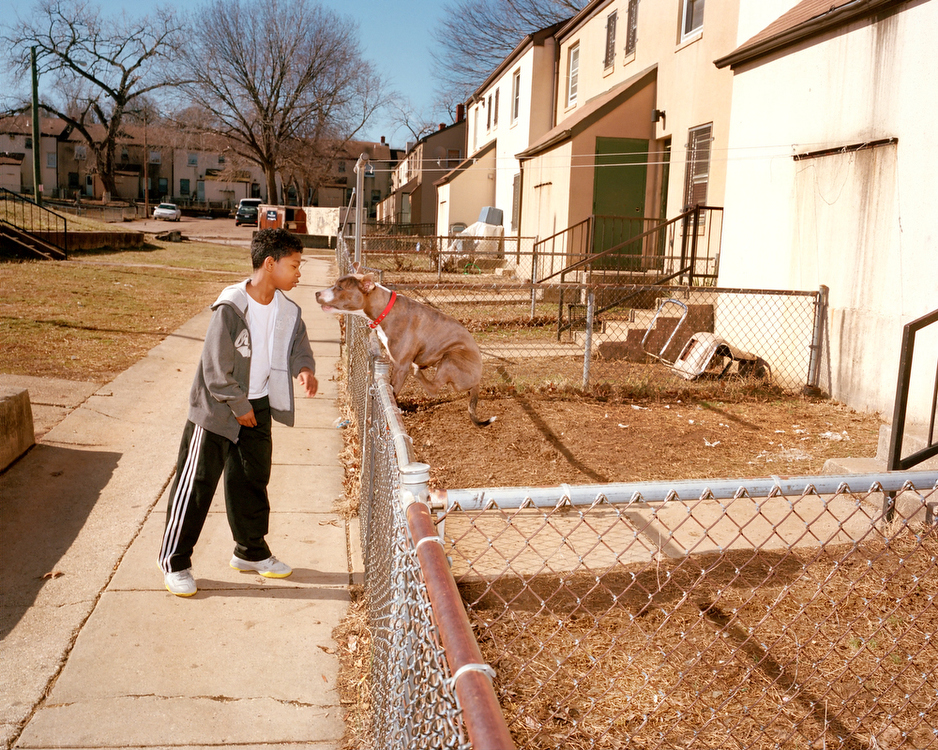
Young Man and Dog, Barry Farms, SE, Washington, DC
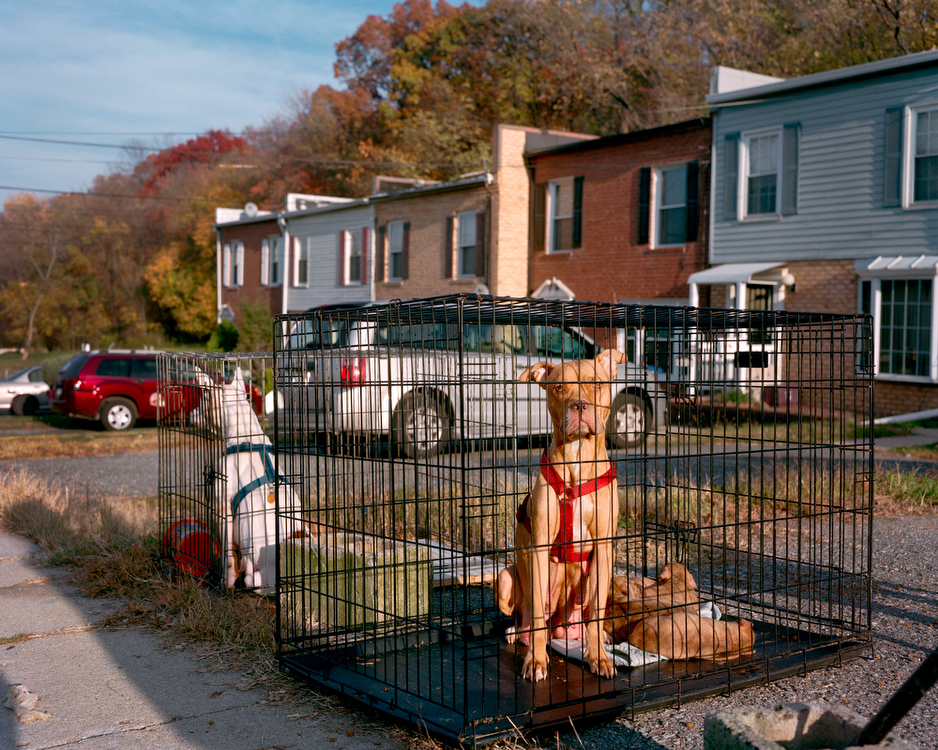
Sienna and Lady, Hunter Place SE, Washington, DC
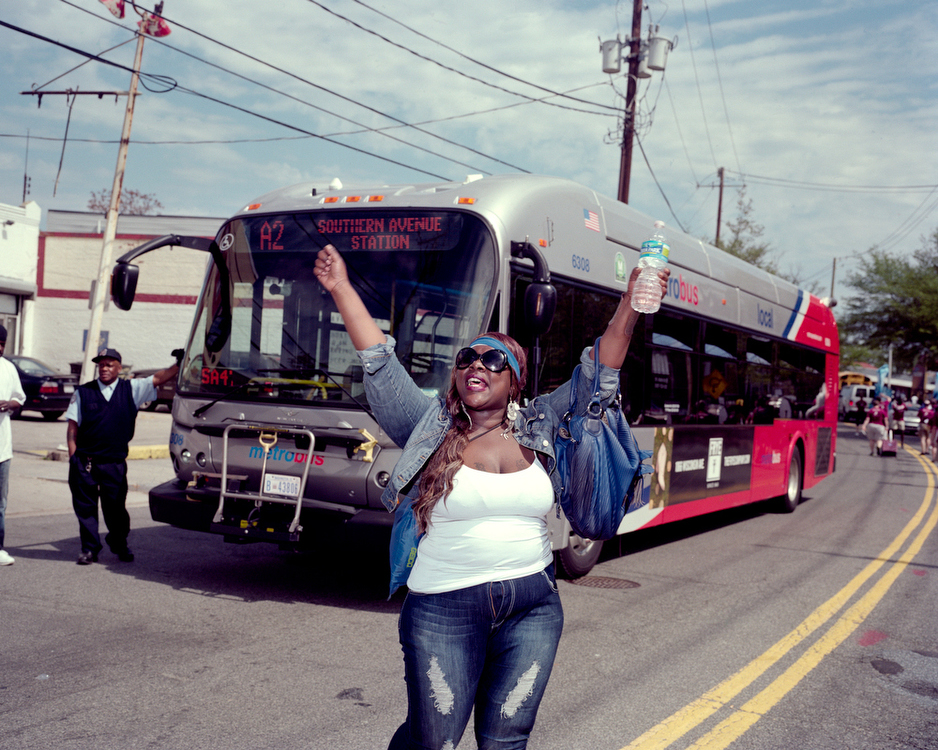
Cheerleading Coach, Martin Luther King Ave SE, Washington, DC
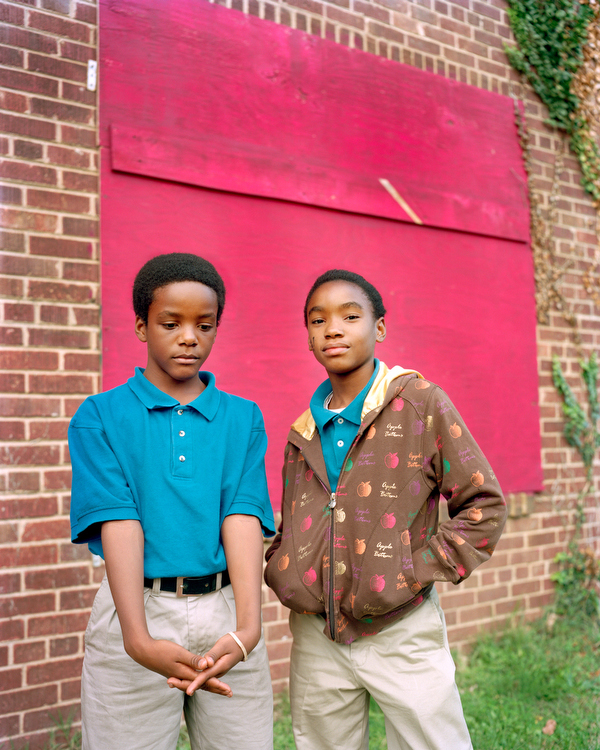
Mabula and Kabula Samuels, V ST SE, Washington, DC



